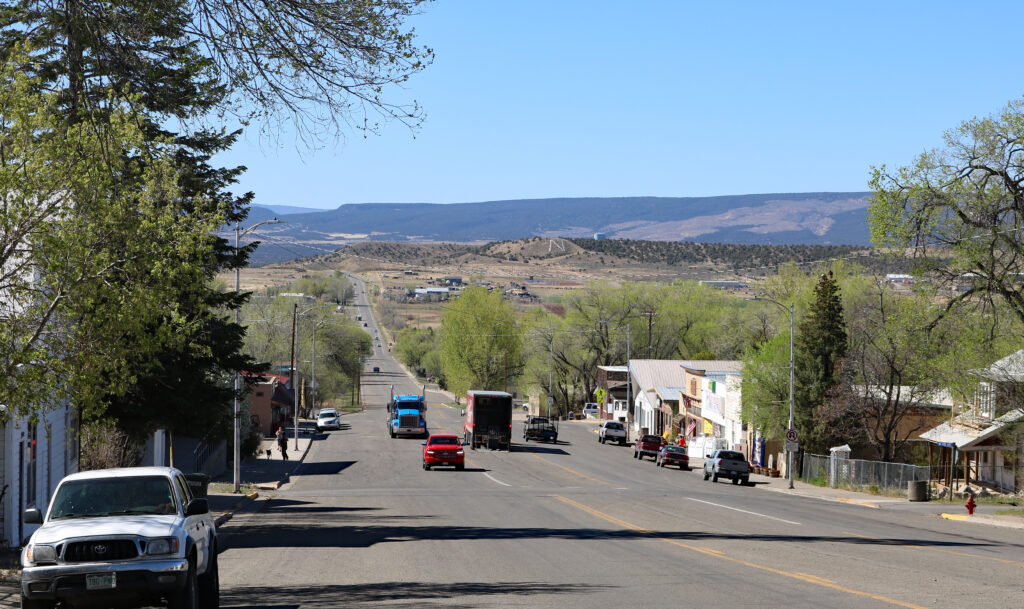Montrose County, Colorado, boasts a population of approximately 42,000 residents and is renowned for its picturesque landscapes, diverse outdoor activities, and thriving agricultural sector. However, crime rates vary significantly across the county, necessitating a closer examination of specific areas experiencing heightened criminal activity.
Based on 2023 data, Montrose County reported a total of 1,176 crimes, categorized as 147 serious offenses and 1,029 property-related crimes. While the overall crime rate of 2,800 per 100,000 residents exceeds the national average of 2,362, a noteworthy disparity exists: the county exhibits a lower number of serious crimes (350) compared to the national average (367), while experiencing a higher incidence of property crimes (2,450) compared to the national average (1,995).
Utilizing data and maps from reputable sources like NeighborhoodScout and CrimeGrade, this analysis pinpoints the five areas within Montrose County with the highest crime rates per capita, the most frequent crimes per square mile, and the lowest safety grades. These areas are:
1. Downtown Montrose:
The central hub of the county, boasting attractions, shopping, and dining options, simultaneously houses the densest population and suffers from the highest concentration of crime. With a staggering 4,000 crimes per 1,000 residents (43% higher than the county average and 69% higher than the national average), coupled with 1,200 crimes per square mile (12 times the county average and 16 times the national average), downtown Montrose warrants focused attention.
2. Nucla:
Situated in the southwest, Nucla’s population of 700 presents a contrasting case. While its remoteness and economic activities (mining, logging, energy production) contribute to a higher crime rate (2,600 per 100,000 residents, exceeding the national average by 11%), it notably remains below the county average by 7%. The number of crimes per square mile (300) signifies a significant issue (three times the county average and four times the national average).

3. North Montrose:
Encompassing Highway 50 and San Juan Avenue, this area north of downtown comprises a mix of commercial, residential, and industrial zones. It exhibits a concerningly high rate of crime, particularly property-related offenses. With an annual occurrence of 3,600 crimes (exceeding the national average by 52% and the county average by 29%), alongside a density of 900 crimes per square mile (nine times the county average and twelve times the national average), North Montrose demands intervention.
4. Olathe:
Home to around 1,800 residents, Olathe in the eastern region presents a rural, agricultural landscape with farms, orchards, and wineries. Despite its idyllic setting, Olathe grapples with crime, particularly concerning property offenses. The crime rate per 1,000 residents (2,800) mirrors the county average but surpasses the national average by 19%. Additionally, the density of 400 crimes per square mile (five times the national average and four times the county average) highlights the need for focused solutions.
5. South Montrose:
Bordered by Highway 550 and South Townsend Avenue, this southern area primarily comprises residential housing, including apartments, condominiums, and single-family homes. Notably, it experiences a significant problem with serious crimes, exceeding the county average by 14% and the national average by 36%. The density of 800 crimes per square mile (eleven times the national average and eight times the county average) further underscores the necessity for improved safety measures.
Conclusion:
While Montrose County offers stunning natural beauty and diverse recreational opportunities, a nuanced understanding of the crime landscape is crucial. This analysis pinpoints five areas requiring focused attention due to their elevated crime rates: downtown Montrose, Nucla, North Montrose, Olathe, and South Montrose. Each area presents unique challenges, ranging from an overall high crime rate in central Montrose to the disproportionately high number of serious crimes in Nucla despite its small population. By acknowledging these disparities and implementing targeted interventions, Montrose County can strive towards a safer and more secure environment for all residents.
